For Immediate Release: January 14, 2021
Ames, Iowa — The Swine Health Information Center (SHIC) shared its 2020 Progress Report with the National Pork Board (NPB), providing details on results from activities to fulfill its mission. Among those are collaboration on domestic and international pork industry goals, supporting targeted research projects, along with monitoring swine diseases and issues around the world. “In the very short time we’ve been in existence, we have come to play such a vital role in helping defend the health of our industry,” remarked SHIC Board of Directors Chair Daryl Olsen, DVM, AMVC. “I recommend people read the progress report and evaluate our performance. After you’ve read it, you’re going to understand that we have filled a void and been very successful. We’re committed to protecting the US pig population.”
SHIC Plan of Work projects in 2020 included efforts on the swine viral disease matrix, monitoring and mitigating risks to US swine herd health, improving on-farm biosecurity, African swine fever (ASF) prevention and preparedness, and continual disease analysis sharing with pork producers and stakeholders. SHIC also facilitated investigation of newly identified agents associated with disease, such as porcine sapovirus and others, while supporting a rapid industry response to emerging disease outbreaks.
“PED (porcine epidemic diarrhea virus) was the stimulus for SHIC’s development and we’ve done a lot to look at all diseases – foreign animal disease or anything else,” Dr. Olsen explained. “We’re trying to protect and be prepared whatever the introduction is. So many of the things we have done are not disease specific but are looking at creating more protection, more safeguards, and better understanding for all disease introductions.”
SHIC’s 2020 progress includes processes to strengthen national biosecurity and protect the US from foreign transboundary diseases like ASF. For example, NPB and SHIC, with the collaboration of the National Pork Producers Council (NPPC) and American Association of Swine Veterinarians (AASV), have funded a project to identify gaps in US pork industry national biosecurity. The goal is to prevent entry of foreign animal disease into the country by addressing those gaps. Among the many areas being considered for study are foreign imports, entry of foreign travelers, domestic transportation of animals, common inputs to US production, domestic market channels, and others.
The threat of ASF drives several projects for SHIC including coordination of international ASF research, collecting data on the use of oral fluids for ASF surveillance and monitoring, and oral fluids PCR sensitivity when testing for ASF.
On-going ASF research projects in Vietnam, enabled by a SHIC administered USDA Foreign Agricultural Service grant (received with the assistance of NPPC in the application phase), include strengthening veterinary services capacity for mitigating ASF impact in Vietnam, as well as implementation of field projects to learn preparedness lessons in a country experiencing an ASF outbreak.
“We are so laser focused on swine disease introductions and re-introductions into the country,” Dr. Olsen observed. “When you’re laser focused on one thing, it gives you so much more ability to make decisions. That’s been beneficial. No other organization I know of can be this focused on one task. That’s exciting.” As SHIC has focused on disease introductions, it has resulted in benefits beyond excluding foreign animal disease (FAD), a positive development, in his opinion.
Enhancing industry and farm biosecurity is essential to limiting and managing emerging diseases. SHIC improved information about feed holding time and temperature as an ASF mitigation strategy, convened an expert panel to author guidelines on the use of ultraviolet light as a disinfection technique, and studied the effectiveness of a different pig movement and loading method to prevent pathogens coming on to a farm during marketing. Analysis of swine health data has resulted in a model to predict PED outbreaks onto farms, prioritizing biosecurity procedures to prevent porcine reproductive and respiratory syndrome (PRRS), and informing producers about PRRS strains causing disease.
Both a webinar series focusing on “industry chatter” related to swine disease issues, co-sponsored by AASV and conducted by Iowa State University Swine Medicine Education Center, and a podcast, SHIC Talk, were introduced in 2020. These new communications tools complement SHIC’s website, monthly enewsletter, participation in events – done virtually in 2020 and 2021 so far, and personal outreach. These avenues for information sharing provide wide access to ever-growing information designed with the goal of enhancing US swine herd health.
As the world deals with the COVID-19 pandemic, SHIC continues to focus efforts on prevention, preparedness, and response to novel and emerging swine disease for the benefit of US swine health. As a conduit of information and research, SHIC encourages sharing of its publications and research. Forward, reprint, and quote SHIC material freely. SHIC is funded by America’s pork producers to fulfill its mission to protect and enhance the health of the US swine herd. For more information, visit https://www.swinehealth.org or contact Dr. Sundberg at [email protected].
Copyright 2024 | Swinehealth.org | Website by Heartland Marketing Group